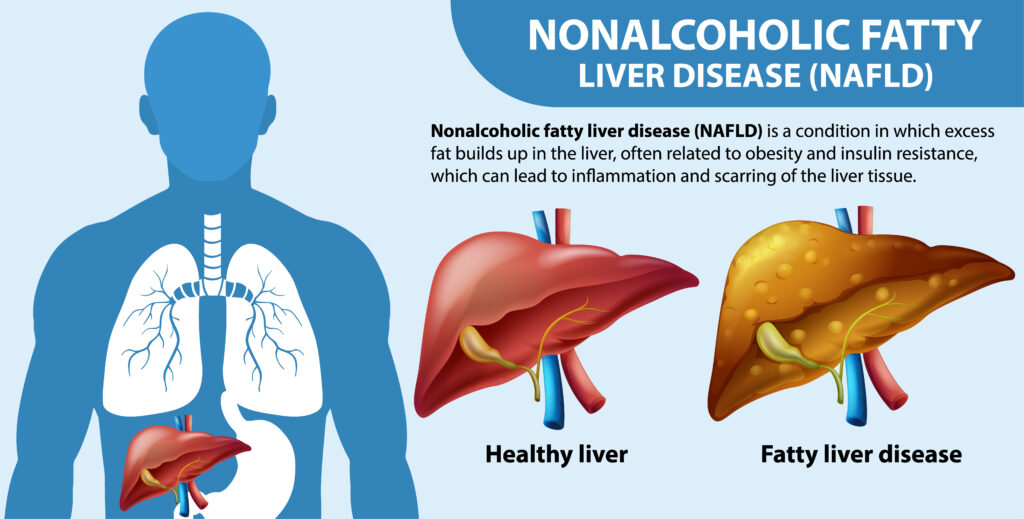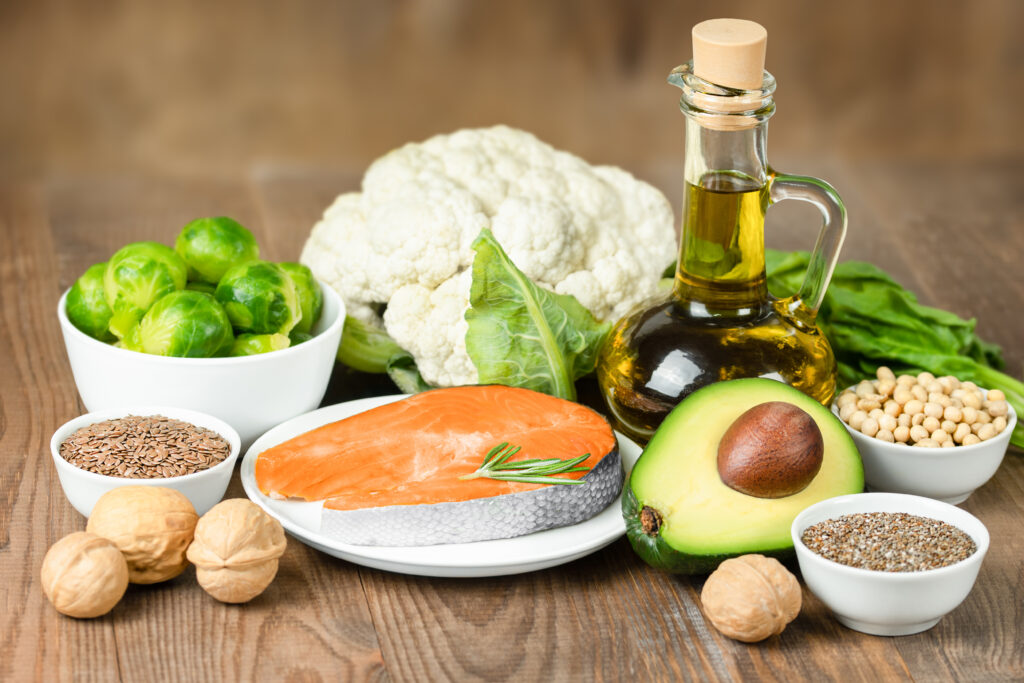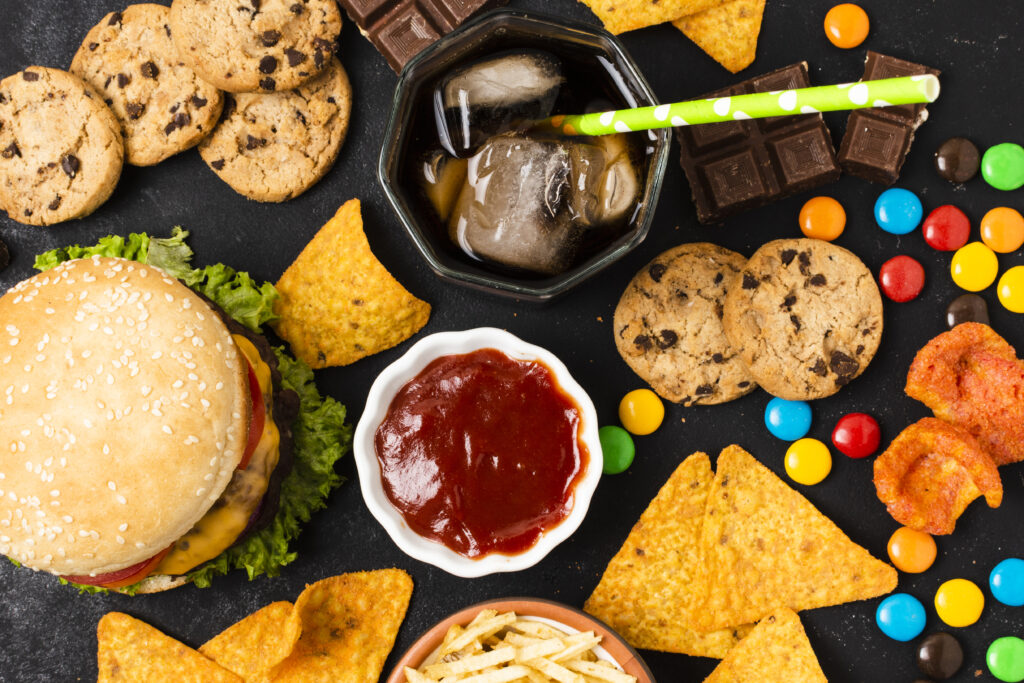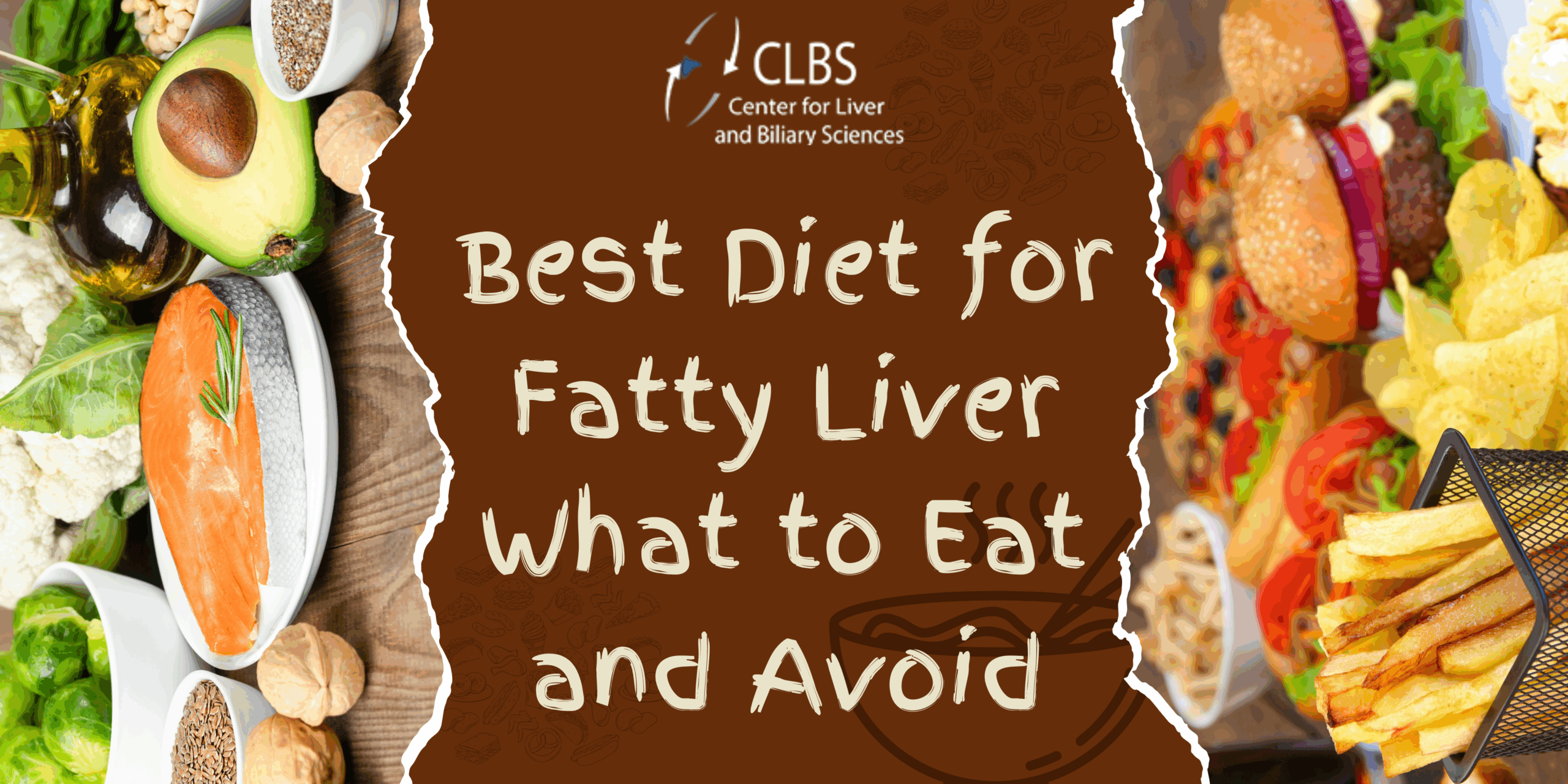What is Non-Alcoholic Fatty Liver Disease?

Non-Alcoholic Fatty Liver Disease (NAFLD) is the world’s most prevalent liver disease, occurring among millions of individuals. NAFLD happens when there is a build-up of fat within liver cells, not because of alcohol consumption but largely contributed by unwholesome diet, obesity, insulin resistance, and lack of exercise. NAFLD, if not controlled, may lead to more severe liver disorders such as inflammation (non-alcoholic steatohepatitis or NASH), fibrosis, or even cirrhosis.
Blessedly, dietary modification is perhaps the best approach to treat — and even cure — fatty liver. Proper, balanced diet has been found to decrease liver fat, enhance the function of the liver, as well as contribute to good overall health. As a matter of fact, optimal nutrition is equally effective in eliminating fatty liver disease as is any medication.
Let’s go through the good foods to consume and those to avoid when you have or are at risk of fatty liver in detail.
✅ Foods to Eat for Fatty Liver

1. Leafy Greens and Non-Starchy Vegetables
Vegetables form the basis of a liver-friendly diet. Leafy greens such as spinach, kale, and cruciferous vegetables like broccoli and cauliflower are low in calories and rich in fiber, vitamins, and antioxidants. These reduce oxidative stress and inflammation in the liver.
High fiber intake also stabilizes blood sugar levels and enhances insulin sensitivity — both of which are essential for controlling fatty liver.
2. Whole Grains
In contrast to processed grains, whole grains like oats, quinoa, brown rice, and barley keep their fiber and nutrients intact. This fiber retards digestion, which keeps blood sugar and insulin stable — two key factors in lowering liver fat.
Whole grains also contain B vitamins and minerals that assist with metabolism and energy production, making the body run more effectively.
3. Fruits (in Moderation)
Fruits contain antioxidants, vitamins, and fiber. Berries, apples, and oranges are the best fruit options for a fatty liver diet. These fruits are less in sugar and contain high amounts of useful compounds that promote liver function.
But beware of excess. Some fruits, such as mangoes, grapes, and bananas, are laden with natural sugars, which tend to lead to fat accumulation when eaten in large quantities.
4. Fatty Fish
Fatty fish like salmon, sardines, and mackerel are rich sources of omega-3 fatty acids. Omega-3 fatty acids are anti-inflammatory fats and are capable of decreasing fat deposition in the liver.
Eating fatty fish twice a week or more can have a positive impact on liver function and heart health.
5. Nuts and Seeds
Walnuts, chia seeds, and flaxseeds are high in healthy fats, fiber, and antioxidants. Walnuts, especially, have been associated with better liver function and lower liver fat.
They’re excellent snacks or salad, smoothie, or oatmeal add-ins, providing both nutrition and satiety.
6. Olive Oil
Substitute saturated fats such as butter with extra virgin olive oil. Olive oil contains high levels of monounsaturated fats and antioxidants, which lower levels of liver enzymes and reduce liver fat.
Use it as a salad dressing or a base for steaming vegetables and lean meats.
7. Green Tea
Green tea is rich in effective antioxidants known as catechins, which could potentially reduce the storage of fat in the liver and combat inflammation. Green tea consumption daily may also enhance the levels of liver enzymes and assist with weight reduction, according to some research.
2–3 cups a day can be advantageous, but choose unsweetened types that are free from added sugar.
8. Legumes
Lentils, chickpeas, and black beans contain high plant protein and fiber. They are blood sugar stabilizers, diminishes cravings, and aids digestive system.
Legumes are even fat-free and may be an invaluable substitute for red or processed meats in your meal.
❌ Fatty Liver Foods to Exclude

1. Added Sugars and Sweetened Drinks
Sugar-sweetened beverages such as soda, energy drinks, and bottled fruit juices are among the largest contributors to fatty liver. High fructose intake, particularly due to corn syrup, directly encourages fat deposition within the liver.
Stay away from these drinks altogether and use water, herbal teas, or lemon- or cucumber-infused water.
2. Refined Carbohydrates
Refined carbs such as white bread, white rice, pastries, and plain pasta can cause blood sugar spikes and insulin resistance — both significant contributors to liver fat buildup.
Replace them with whole-grain varieties or try alternatives such as quinoa, brown rice, and whole oats.
3. Fried and Fast Foods
These are rich in trans fats, saturated fats, and calories — all of which contribute to the storage of fat in the liver and inflammation. Regular eating of fried chicken, burgers, fries, and so forth has been conclusively linked with progressive fatty liver.
Restrict eating out and try to have homemade, oven-cooked or barbecued food.
4. Alcohol
Although NAFLD is not due to alcohol, any alcohol will continue to harm the liver, particularly if it is already damaged. It heightens inflammation of the liver and speeds up the advancement toward advanced liver disease.
The most secure option is quitting alcohol entirely or drinking it with medical supervision only.
5. Processed Meats
Bacon, sausages, hot dogs, and deli meats are filled with saturated fats, sodium, and chemical preservatives. These enhance inflammation and encourage fat buildup in the liver.
Replace processed meats with lean proteins such as chicken, turkey, tofu, or legumes.
6. Full-Fat Dairy
Full-fat milk, cheese, and cream contain saturated fats that can contribute to liver fat. Replace them with low-fat, non-dairy, or plant-based versions such as almond milk, oat milk, or low-fat yogurt to lower your consumption of unhealthy fats.
More Tips for a Liver-Friendly Diet
Have smaller meals more often to maintain stable blood sugar levels and minimize liver load.
Drink plenty of water during the day to stay hydrated.
Watch portion sizes to prevent overeating, even with nutritious foods.
Try intermittent fasting or time-restricted eating, but only with the guidance of a healthcare professional. Some studies indicate it might decrease liver fat and enhance insulin sensitivity.
Conclusion
Fatty liver disease, especially NAFLD, is becoming a health issue — but here’s the plus side: it’s largely reversible with the right diet. Eating more vegetables, whole grains, lean protein, and healthy fats, and cutting out sugar, white carbs, and processed foods, can go a long way in improving liver health.
Keep in mind that the emphasis is on being consistent and finding balance. Along with a nutritious diet, physical exercise, proper sleep, and periodic medical visits will provide maximum protection for your liver.
Always consult your medical doctor before modifying your diet extensively, particularly when you have existing medical conditions or are on prescription medications.

